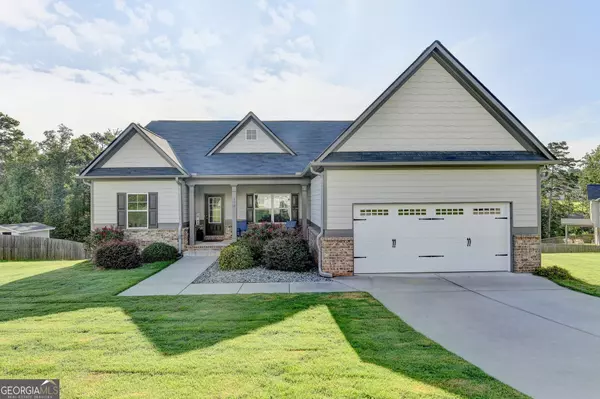OUR AWARD-WINNING TEAM OF CARING PROFESSIONALS

View Profile
Amie & Paul Bozeman, Team Owners/Realtors
TEAM OWNERS/REALTORS®
REVIEWS
- Amie and Paul are awesome! Amie was extremely helpful and reliable. She and Paul really cared about us and understood our home sell needs. Amie’s strategy for marketing our home was unbelievably fast and easy! We had multiple offers in 3 days. Amie and Paul are great to work with. Their honesty and integrity made this experience a breeze. We can’t recommend they highly enough! They will handle all of our home sells in the future! Thank you so much Amie & Paul!
 mswrly
mswrly - I am so happy I choose Amie as my realtor. Selling a home can be a stressful process, but with Amie she made the process much easier. Amie worked hard to present all options to me and helped me to make the best decisions for my needs. Amie works excellent at negations for her clients. Her knowledge of the industry is excellent, and she made sure that, I, the client was protected on all legal sides when dealing with contracts. Amie was easy to work with, her response time was flawless, and she brings much peace to the process. I highly recommend Amie, rather you are looking to sell or buy.
 angieblue52775
angieblue52775 - Working with Amie and her team was great. We bought our first home in GA with them in 2017. 2020 we sold it for our asking price and am going through the process of building our dream home with their team. I would highly recommend them.
 lindalbradburn
lindalbradburn














